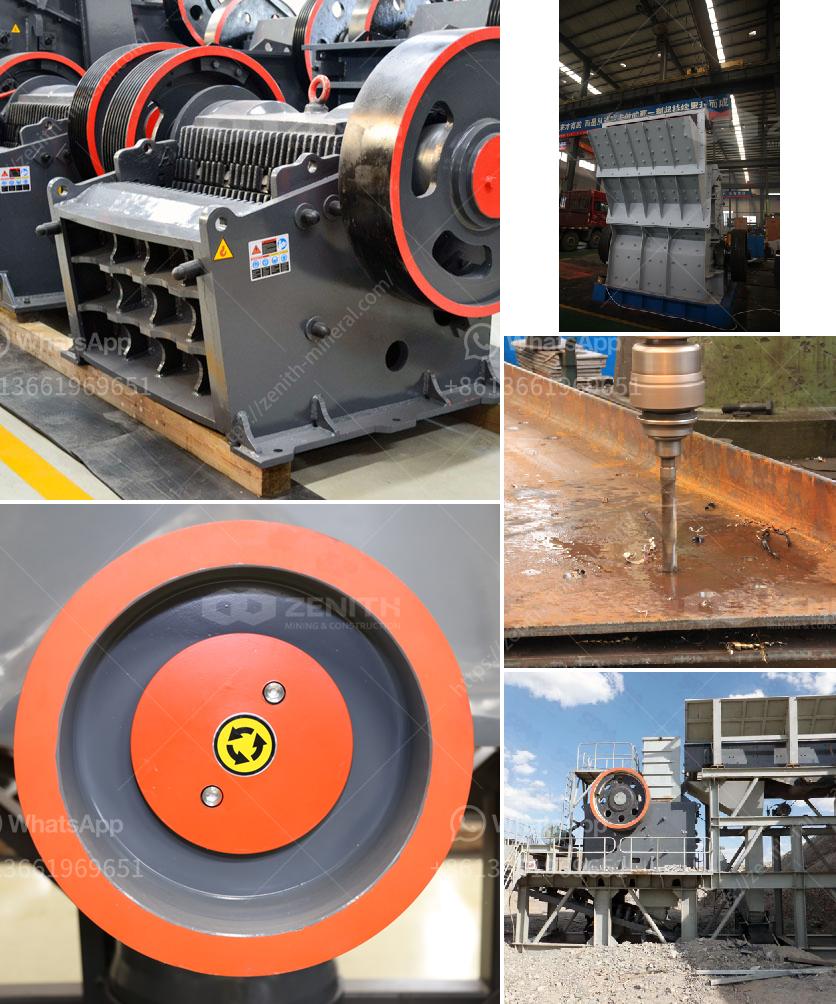Constructing a ramp for a granite crushing plant requires careful planning and adherence to safety standards. Here’s an outline to guide you through the process:
1. Site Assessment:
- Survey the Location:
- Evaluate the topography and soil conditions.
- Determine the suitable gradient, typically between 10-15% for heavy machinery but this can vary based on specific equipment.
2. Design and Planning:
- Engineering Specifications:
- Hire a civil engineer to design the ramp, ensuring compliance with local building codes and safety regulations.
- Consider the types and weights of vehicles and machinery using the ramp.
- Material Selection:
- Use durable materials like reinforced concrete or heavy-duty steel to withstand the weight and abrasion from granite and heavy equipment.
3. Foundation Laying:
- Excavation:
- Excavate the site to the required depth, considering the frost line and soil stability.
- Formwork and Reinforcement:
- Construct formwork for the ramp and place steel reinforcements as per engineering designs.
4. Construction:
- Concrete Pouring:
- Pour the concrete into the formwork, ensuring a uniform thickness and smooth finish.
- Incorporate expansion joints to manage temperature-induced expansion and contraction.
- Curing:
- Allow the concrete to cure properly, which can take approximately 28 days to reach optimal strength.
- Surface Finishing:
- Apply a non-slip coating or texture to the ramp surface to ensure safety under wet or dusty conditions.
5. Safety Features:
- Edge Barriers:
- Install robust barriers or guardrails along the edges of the ramp to prevent vehicle overturns.
- Signage:
- Place clear signage indicating weight limits, gradient, and any other relevant information.
6. Inspection and Maintenance:
- Routine Checks:
- Conduct regular inspections to check for cracks, surface wear, and structural integrity.
- Repairs:
- Address any damage promptly to prevent further degradation and maintain safety.
7. Additional Considerations:
- Drainage:
- Ensure proper drainage solutions to prevent water accumulation and erosion.
- Lighting:
- Install adequate lighting if the ramp operates during low-light conditions.
Summary:
- Design: Engineer-designed with appropriate gradient.
- Materials: Reinforced concrete or heavy-duty steel.
- Safety: Non-slip surface, barriers, and signage.
- Maintenance: Regular inspections and prompt repairs.
Always consult with professionals to ensure that all construction complies with local regulations and industry best practices.


